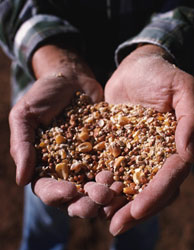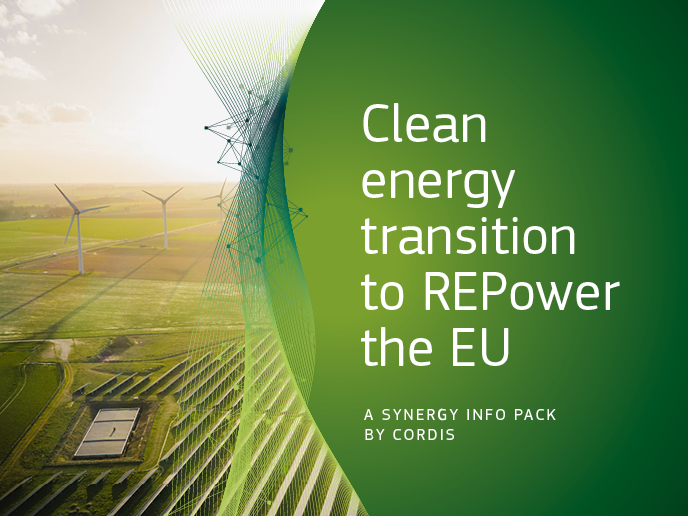Understanding the economics of energy crops
Energy crops are plants that can be combusted to produce electricity or processed into liquid fuels. To ensure adoption of these biofuels into Europe's energy portfolio, it is necessary to make sure they are economically viable for European farmers to produce. Agroeconomists with the Agricultural University of Athens (AUA) took up this challenge in the framework of the BIO-ENERGY CHAINS project. In order to account for all direct and indirect costs, a specific energy crop model, entitled Bioenergy Economic Evaluation (BEE), was developed. AUA applied the model for a number of different scenarios in order to determine the influence of various parameters such as monoculture versus polyculture. Cultivation costs were produced for different energy crop types and combinations, different countries, etc. Additional costs related to storage and transport were also calculated depending on the amount of dry biomass, the distance travelled and the form of the energy crop: pellet, bundle, bale, billet or chip. The AUA researchers found that polyculture is generally not as economically attractive as monoculture, though it may be desirable in some circumstances. Of particular value are AUA's estimates of the break-even price for the various energy crops. These findings can help drive future European agricultural and energy policy.







